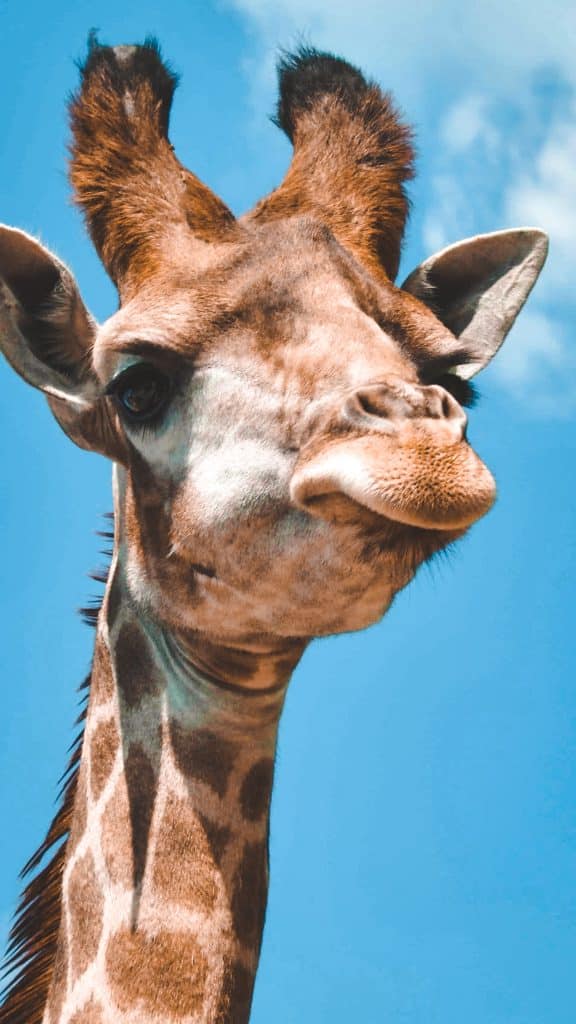
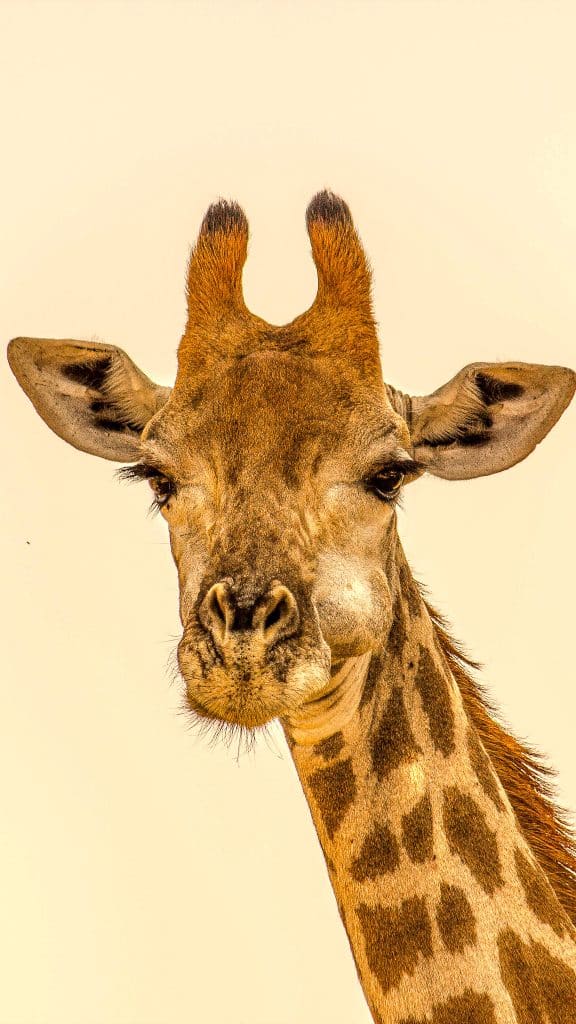
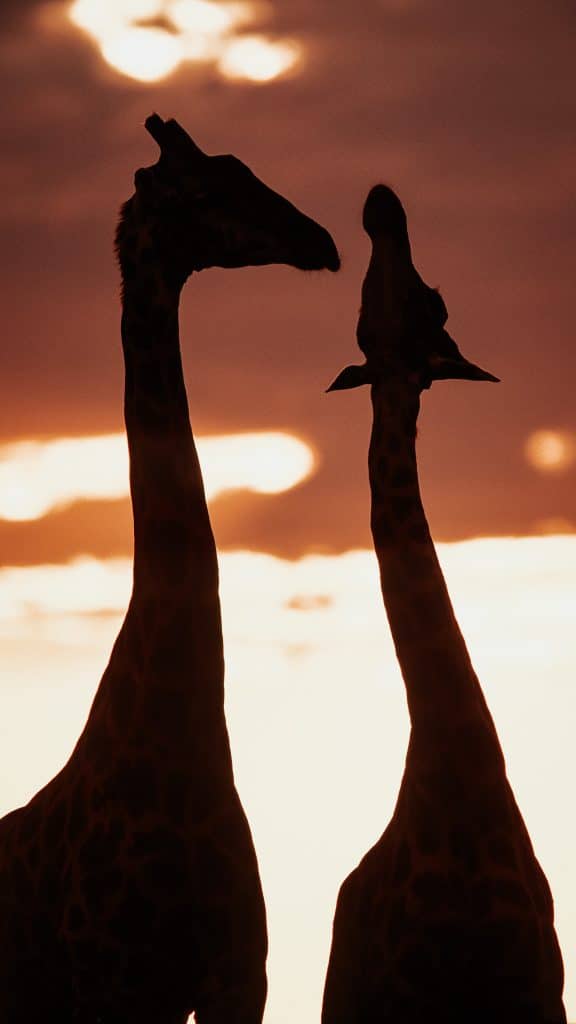



It is almost inconceivable that these gentle giants can survive in their desert home. Northwestern Namibia is one of the most isolated and scenically spectacular places on the planet. With an average annual rainfall of <100mm, the Namib Desert is considered one of the oldest deserts in the world. However, despite the harshness of the environment (or maybe because of it) there is great diversity in both plant and animal species. Elephant, rhino, lion, leopard, hyena and numerous antelope and smaller mammals inhabit the area, fighting a daily battle against thirst, heat and predation. Amongst these animals one mammal stands tall: the desert-dwelling giraffe.
Giraffe are well-adapted to life in the desert. Their long legs allow them to easily cross the vast Savannah plains while their height gives them exclusive access to the highest branches of the towering trees in the dry riverbeds.
In the BBC documentary “Giraffes: Africa’s Gentle Giants”—featuring GCF’s important work in Africa—Sir David Attenborough referred to this decline as a “Silent Extinction.” These alarming numbers serve as a reminder that we need to protect giraffe now before it is too late. There’s no greater reason to adopt: Every giraffe adoption through the GCF Adopt-a-Giraffe Program supports our work with local and international partners, affecting over 100 million acres of giraffe habitat and the giraffe who live there.
Please choose an adoption package from the list below. You can adopt for yourself, or choose a gift option for an adult or child. Our Adoption Portal—accessible to Adopt-a-Giraffe program members—will allow you to adopt a specific giraffe once you complete your membership and log in.
Your personalized adoption certificate and reward benefits will be delivered digitally and can be printed from any printer; we do not send out physical items as this would take money away from the valuable support you are providing for giraffe. Please be aware that your adoption is symbolic and that the giraffe you are ‘adopting’ are living wild and free. We are working hard to keep it that way!
Personal adoptions can be made for any of our giraffe, or you can choose to adopt our entire group of giraffe.
If you are interested in making a longer-term commitment to save giraffe, please consider an On-Going Membership.
This is a recurring contribution; you will be debited an amount of your choosing, starting at $10, automatically every month. You can cancel this monthly adoption subscription at any time.
Your gift recipient will become a member of the GCF Adopt-a-Giraffe Programme. At the time of purchase, you will receive the following items:
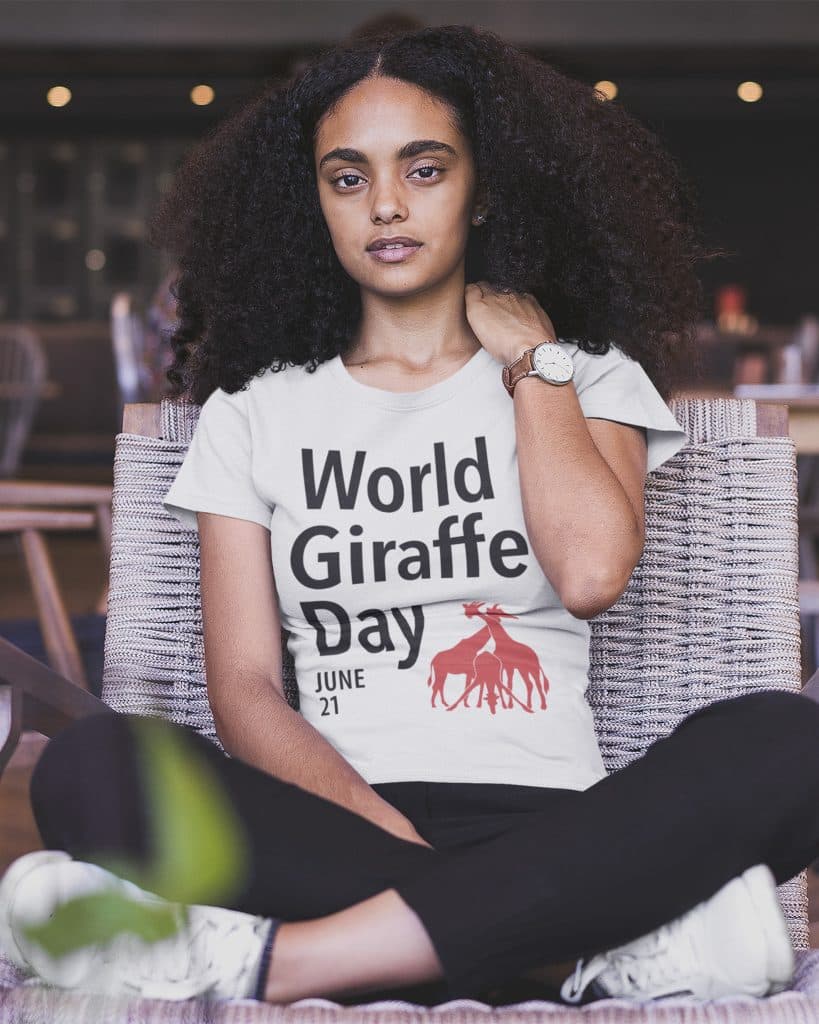
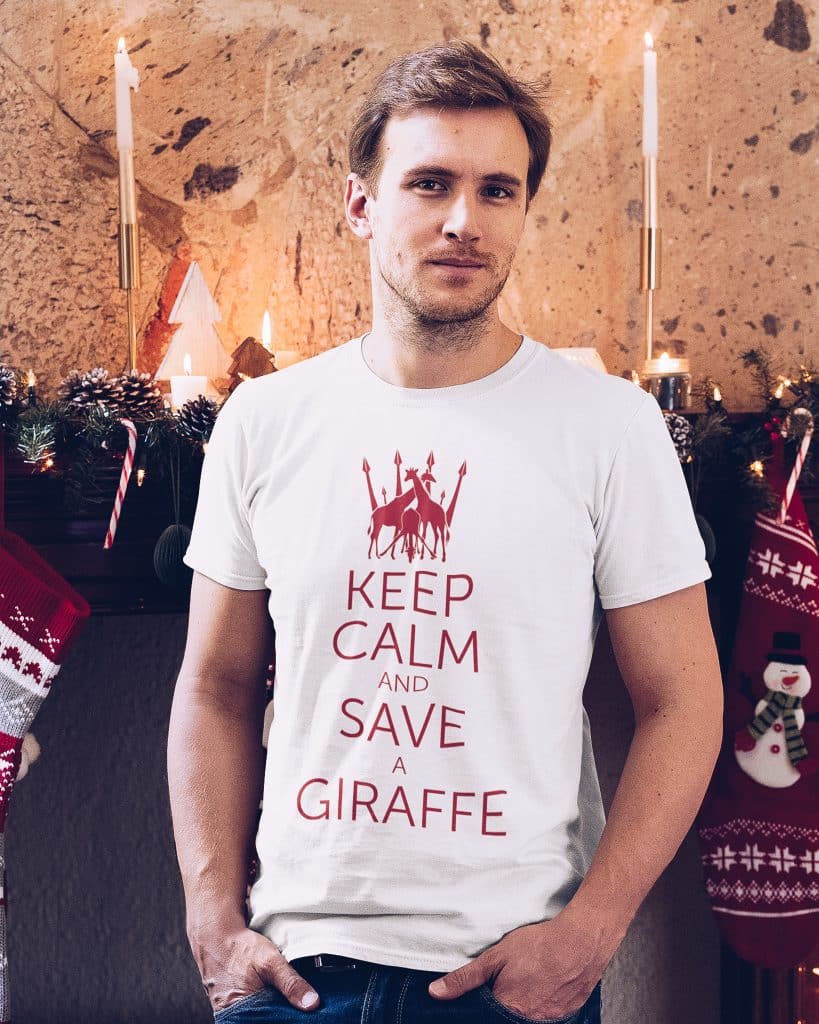

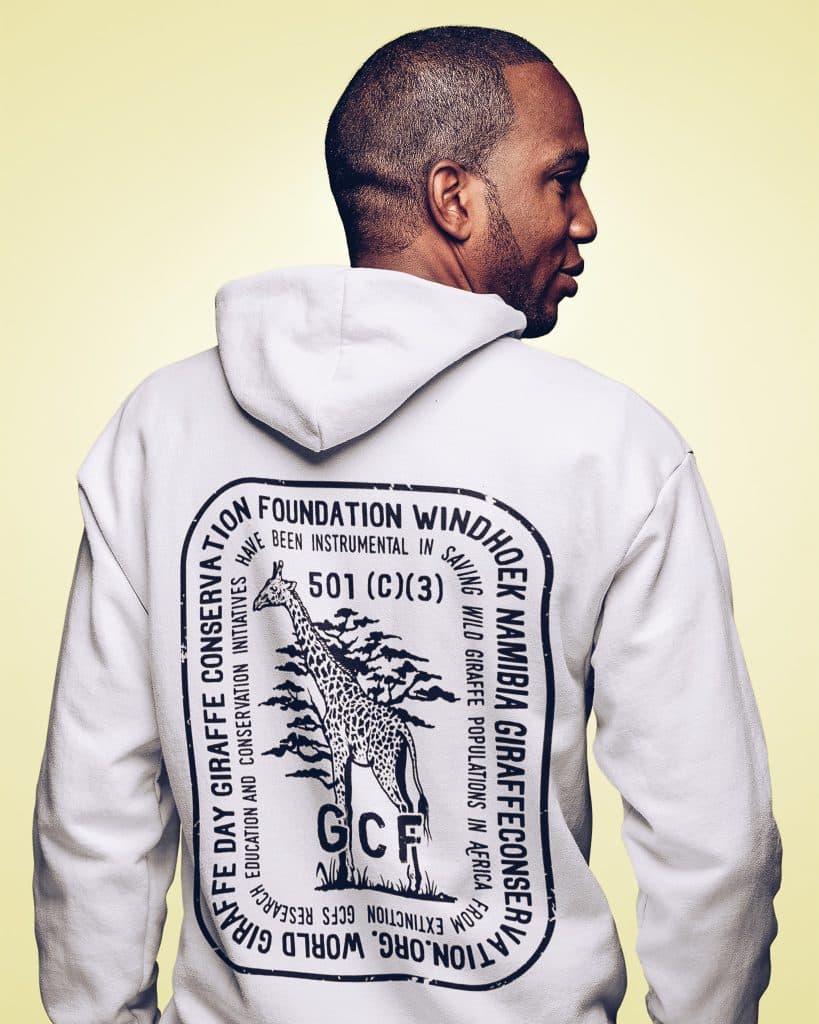
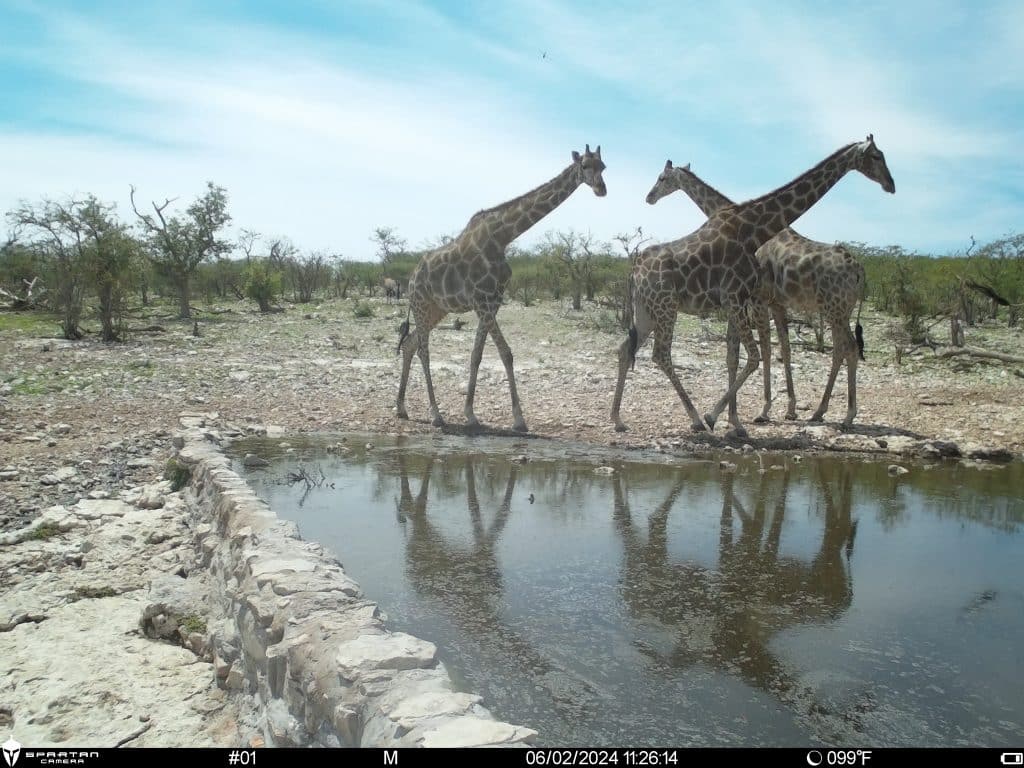
Another camera trap spot of Tima. She is certainly on the move. We have now spotted her in all corners of the reserve. Maybe, we
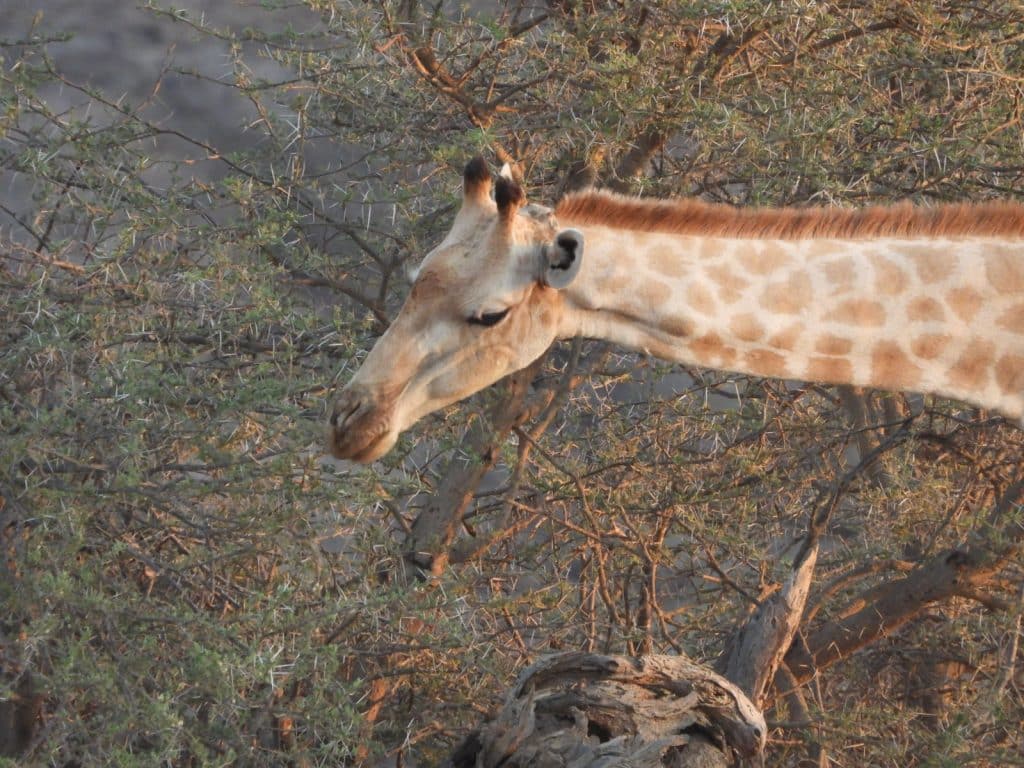
Luckily the Northwestern part of Namibia has received some rains and many of the trees are sprouting. Here is Kunene munching away. Happy days!
The Giraffe Conservation Foundation (GCF) is the only NGO in the world that concentrates solely on the conservation and management of giraffe in the wild throughout Africa. We are dedicated to securing a future for all giraffe populations in the wild.
Our conservation story started in Namibia, where we have studied several giraffe populations for over two decades now. Our findings have directly impacted the global understanding of giraffe and how best to save them. It was the GCF team that first realized that there are four different species of giraffe (and not only one as previously thought). Our pioneering work in Africa also led to global recognition of giraffe’s silent extinction on the IUCN Red List of Threatened Species.
However, our work is not done—there is still so much to learn. It is only through better understanding that we can develop targeted, sustainable conservation strategies with the local people who share their space with wildlife to secure the long-term future of giraffe in Africa.
We envision a world where all giraffe can live wild and free within their historical ranges or habitats throughout Africa and are protected by the people around them.
Join us on our journey and help save giraffe today, before it’s too late tomorrow.